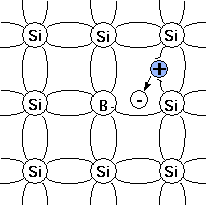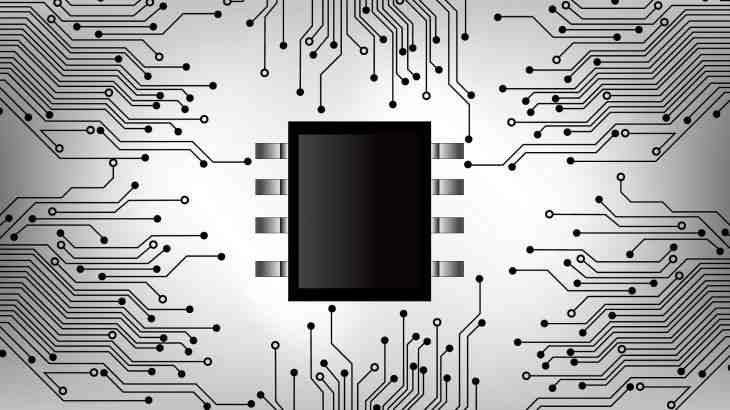Revolutionizing Biosensing: The Pioneering Role of Two-Dimensional Materials
In the world of materials science, the introduction of two-dimensional (2D) materials has ushered in a new era of technological innovation. With the advent of graphene and other 2D materials, we are witnessing a groundbreaking evolution in sensing and biosensing applications, from healthcare to environmental monitoring.

The Rise of 2D Materials
Two-dimensional materials, exemplified by graphene, represent a class of materials that are atomically thin yet incredibly robust. Graphene, a single layer of carbon atoms arranged in a honeycomb lattice, is one of the most widely known 2D materials. However, 2D materials also include a family of two-dimensional transition metal dichalcogenides (TMDs), such as molybdenum disulfide (MoS2).

Biosensing and Sensing Applications
Two-dimensional materials serve as an excellent platform for the development of sensors due to their unique properties. The surface of 2D materials, offering a wide range of functionalization possibilities, facilitates the detection of various chemical and biological entities, making them ideal for sensing applications.
In the realm of biosensing, the high surface-to-volume ratio of 2D materials, along with their unique electronic and optical properties, make them an ideal choice for biosensor based applications. These materials can interact with biomolecules, offering precise and sensitive detection capabilities. For example, graphene has been employed in glucose biosensors due to its high sensitivity and rapid response time.
From Lab to Real-World Applications
The practical application of 2D materials in sensing devices has been demonstrated through the development of electrochemical sensors, gas sensors, and chemical sensors based on two-dimensional materials. These sensors take advantage of the unique properties of 2D materials such as high surface area, excellent conductivity, and specific surface reactivity.
Beyond traditional sensing, 2D materials are also being exploited for biomedical applications, with biosensors based on 2D materials opening new horizons in diagnostics and health monitoring. Electrochemical biosensors, using 2D materials, show promise for detection and monitoring of various diseases.
Challenges and Future Directions
Despite the significant advances in 2D materials for sensing and biosensing applications, several challenges need to be addressed, such as the synthesis of 2D materials and the stability of these sensors in real-world conditions. Continued research in materials science and engineering is required to optimize the synthesis, functionalization, and fabrication of 2D materials for sensing applications.
Nonetheless, the future of 2D materials looks promising, with various 2D materials and heterostructures poised to revolutionize the sensing technology landscape. The next-generation sensing devices, exploiting the unique properties of 2D materials, are expected to provide enhanced performance in terms of sensitivity, selectivity, and stability.
Conclusion
The advent of two-dimensional materials has revolutionized the field of sensing and biosensing, offering unprecedented opportunities for the development of novel sensor devices. The journey from graphene to a wide range of 2D materials underscores the dynamic nature of materials science, promising an exciting future in this realm. As we continue to harness the potential of 2D materials, their applications in sensing and biosensing will continue to shape our world in ways we are only just beginning to understand.




Comments are closed.